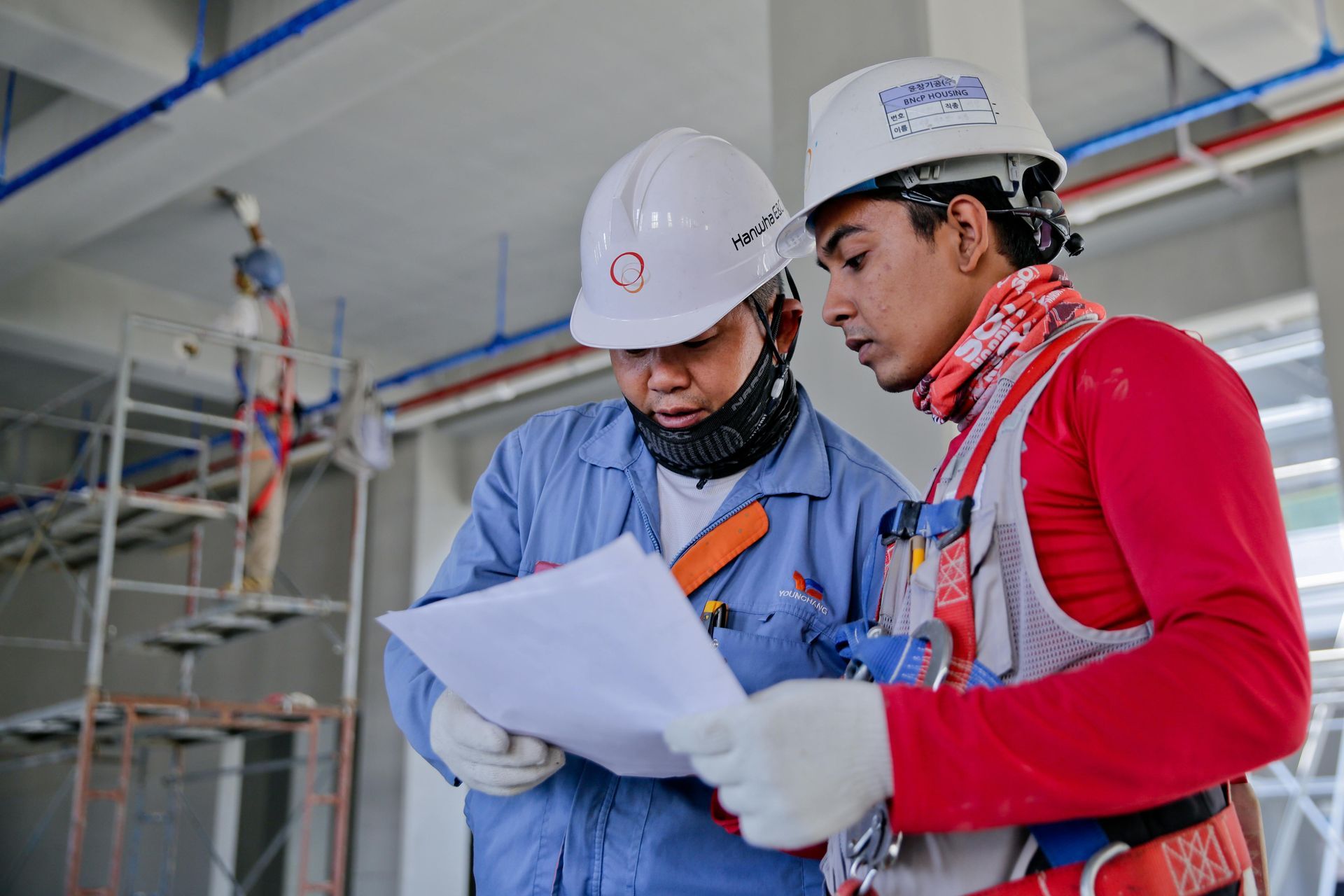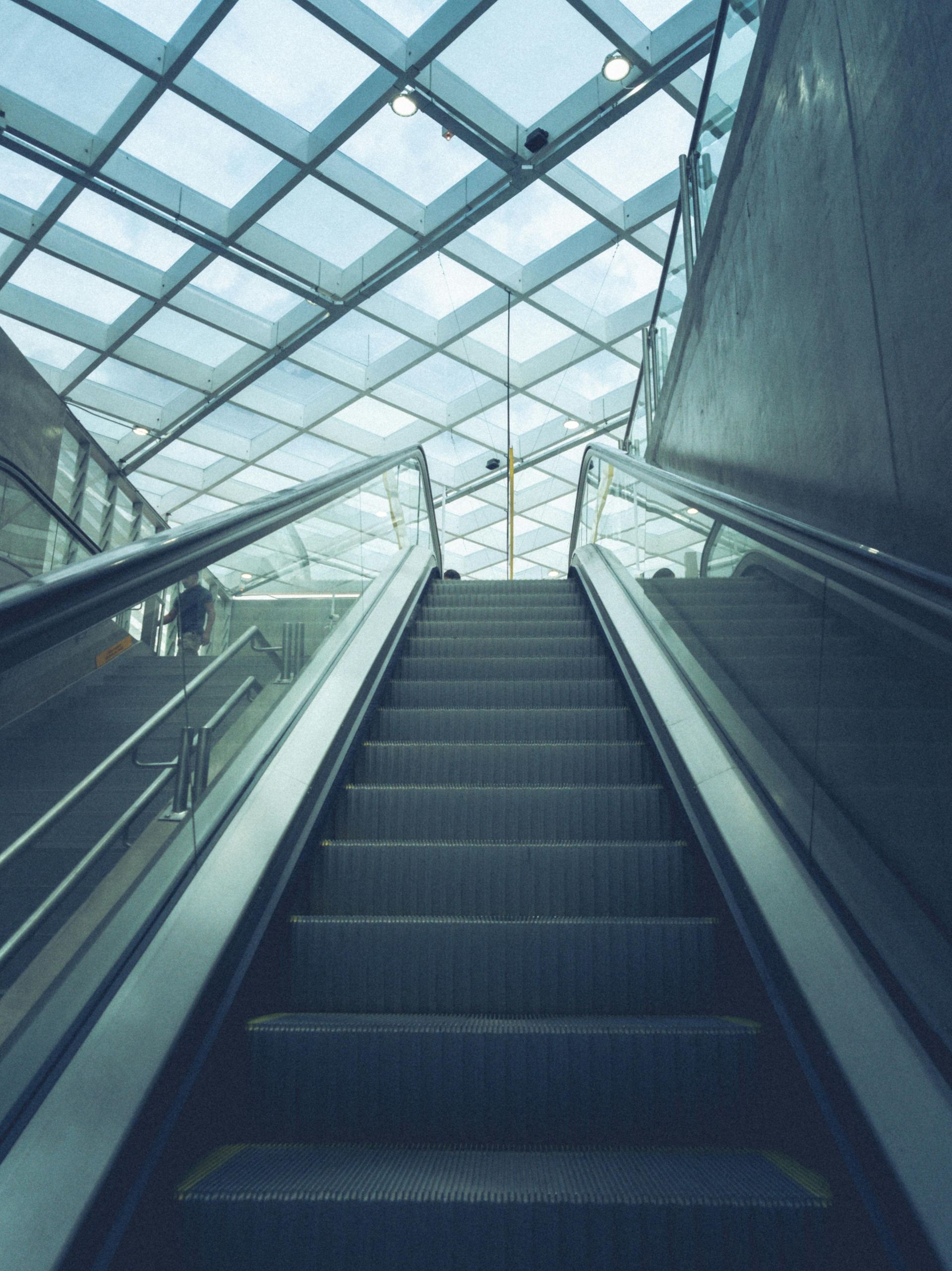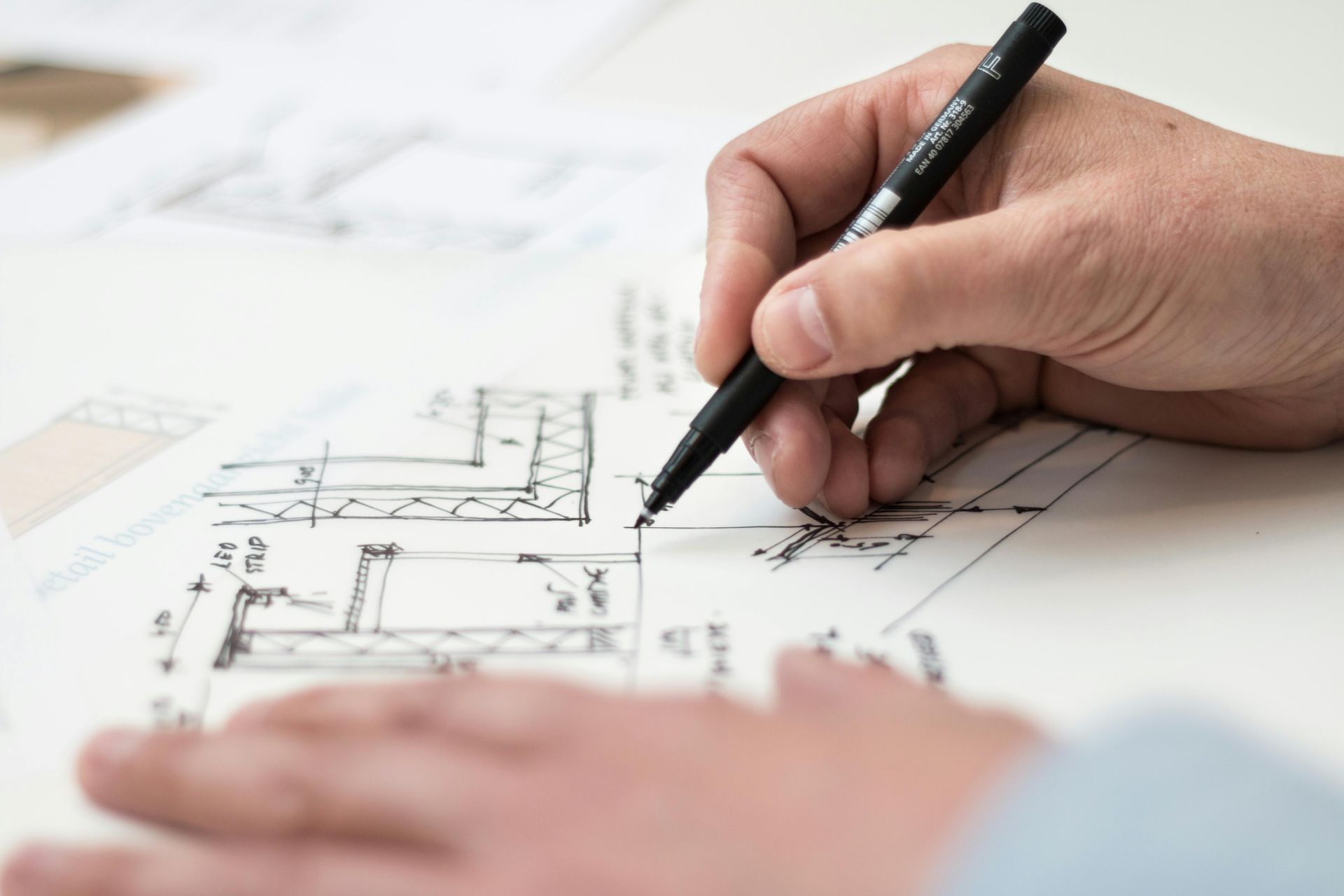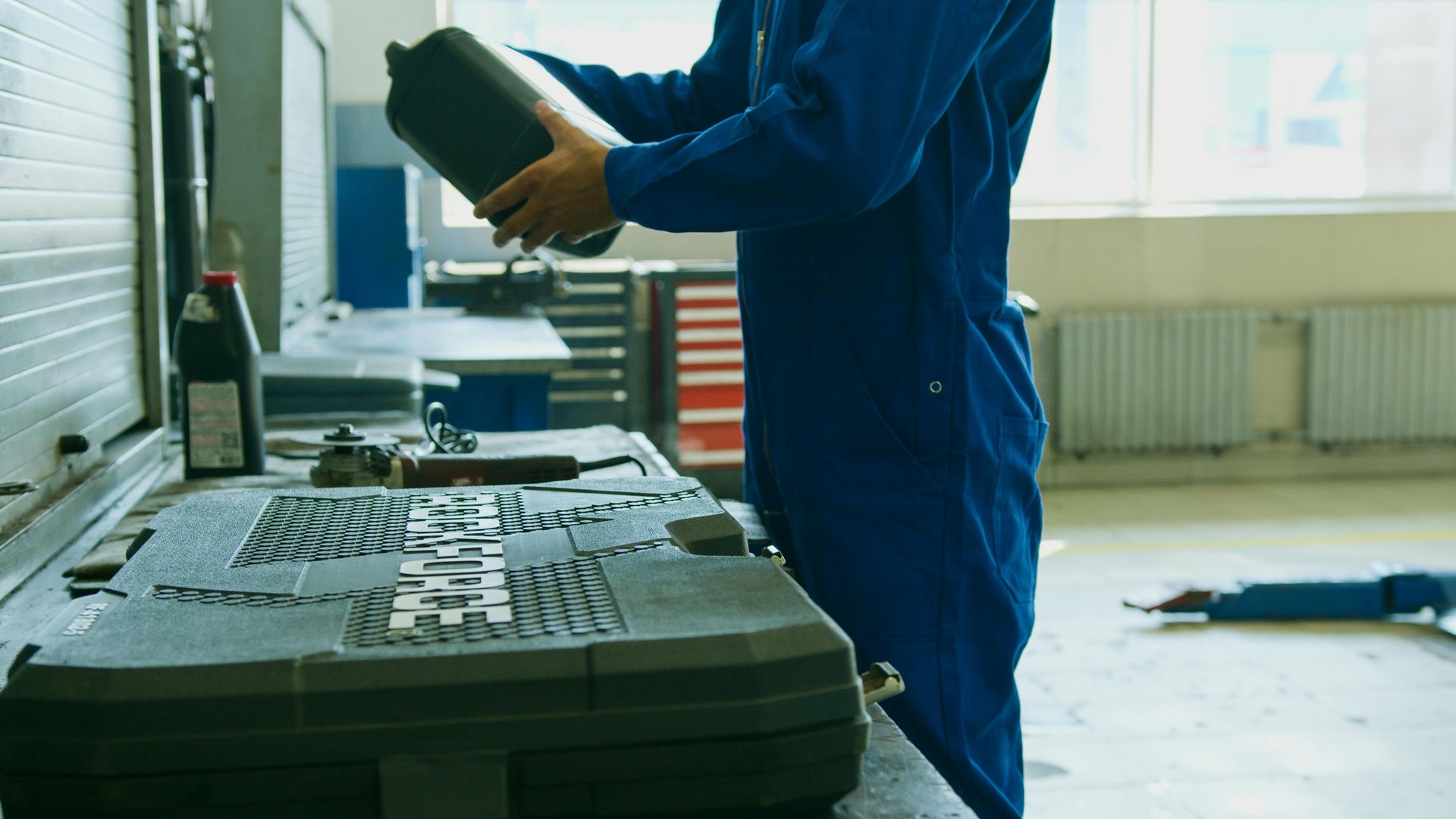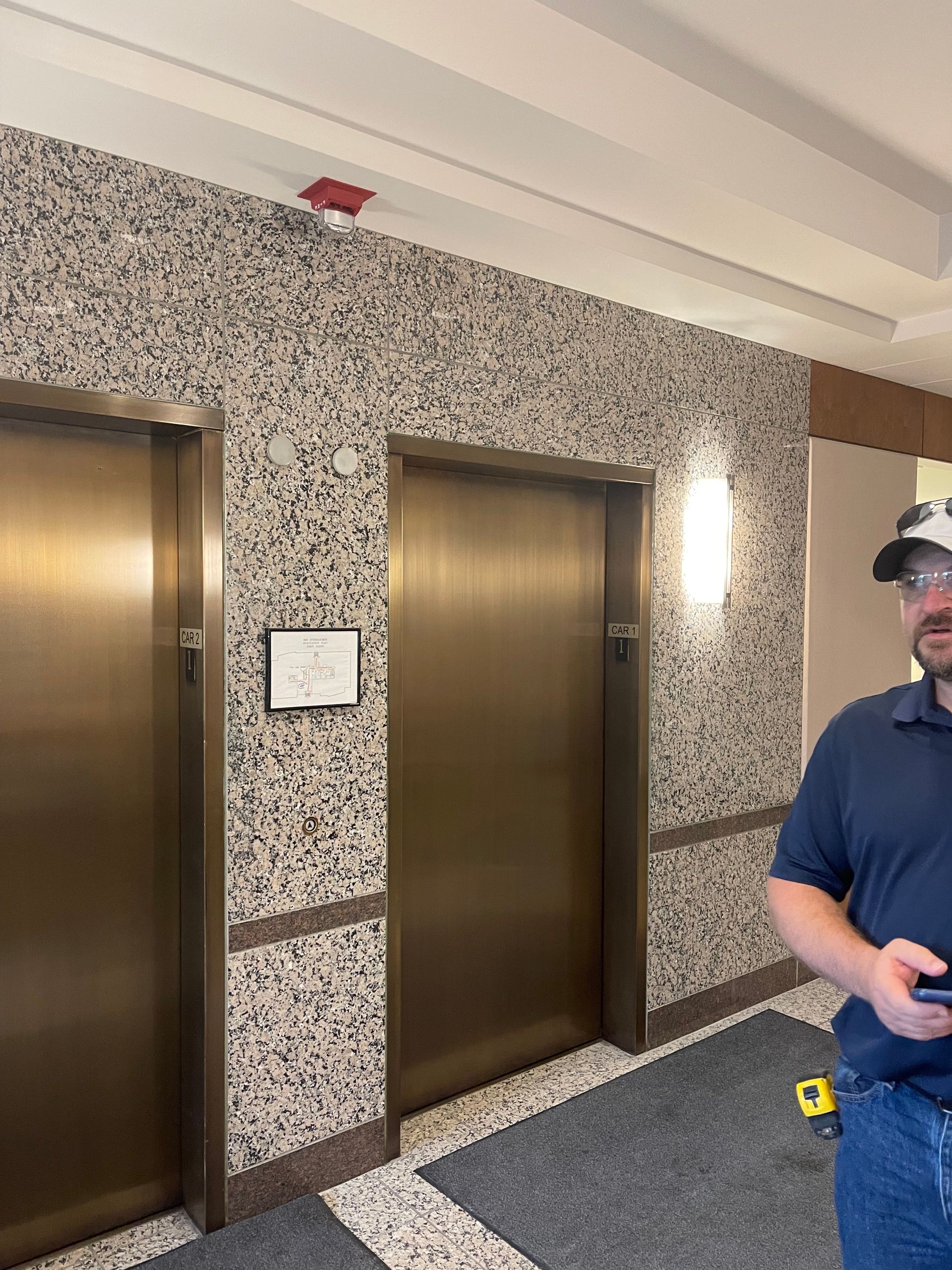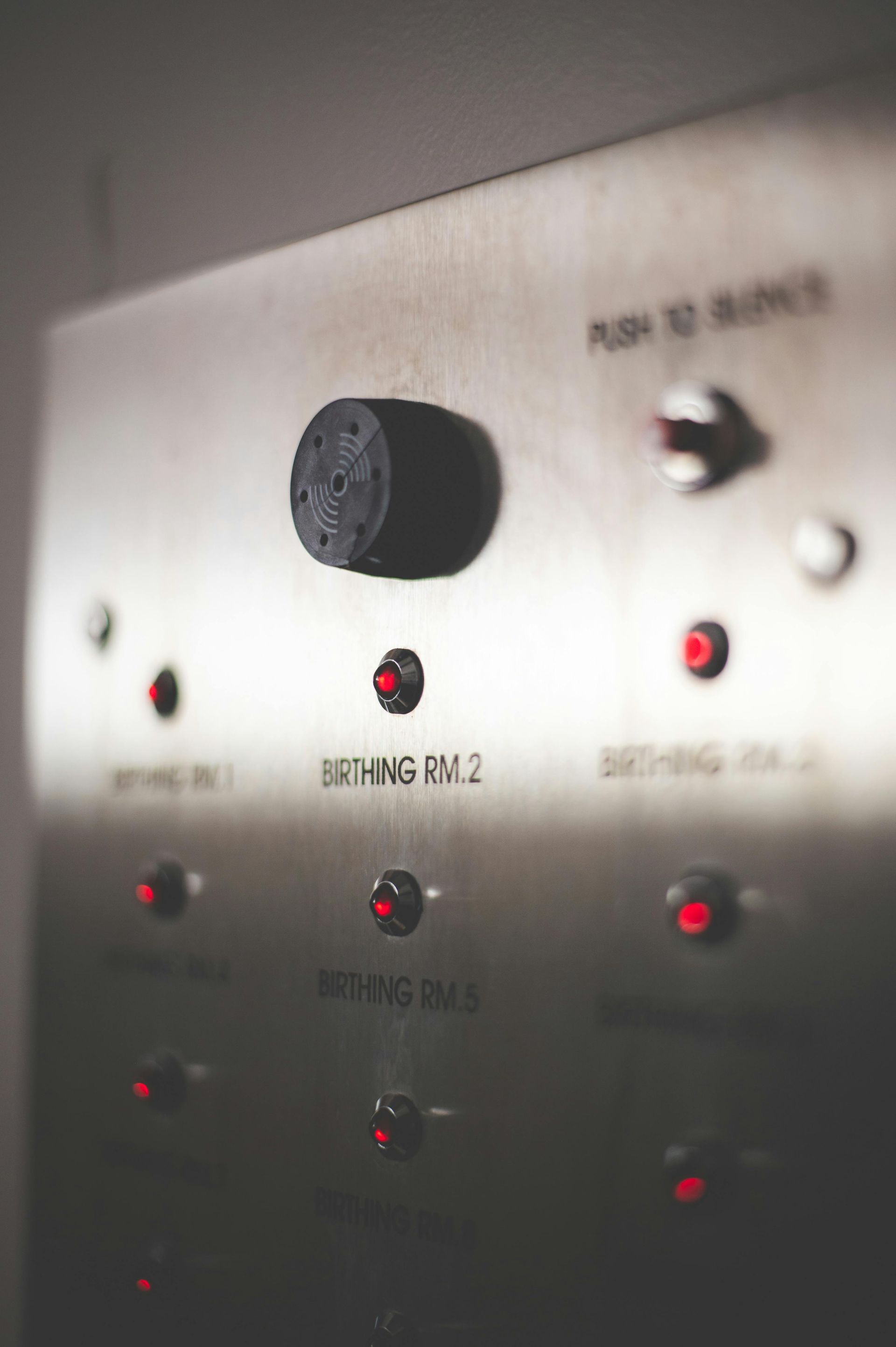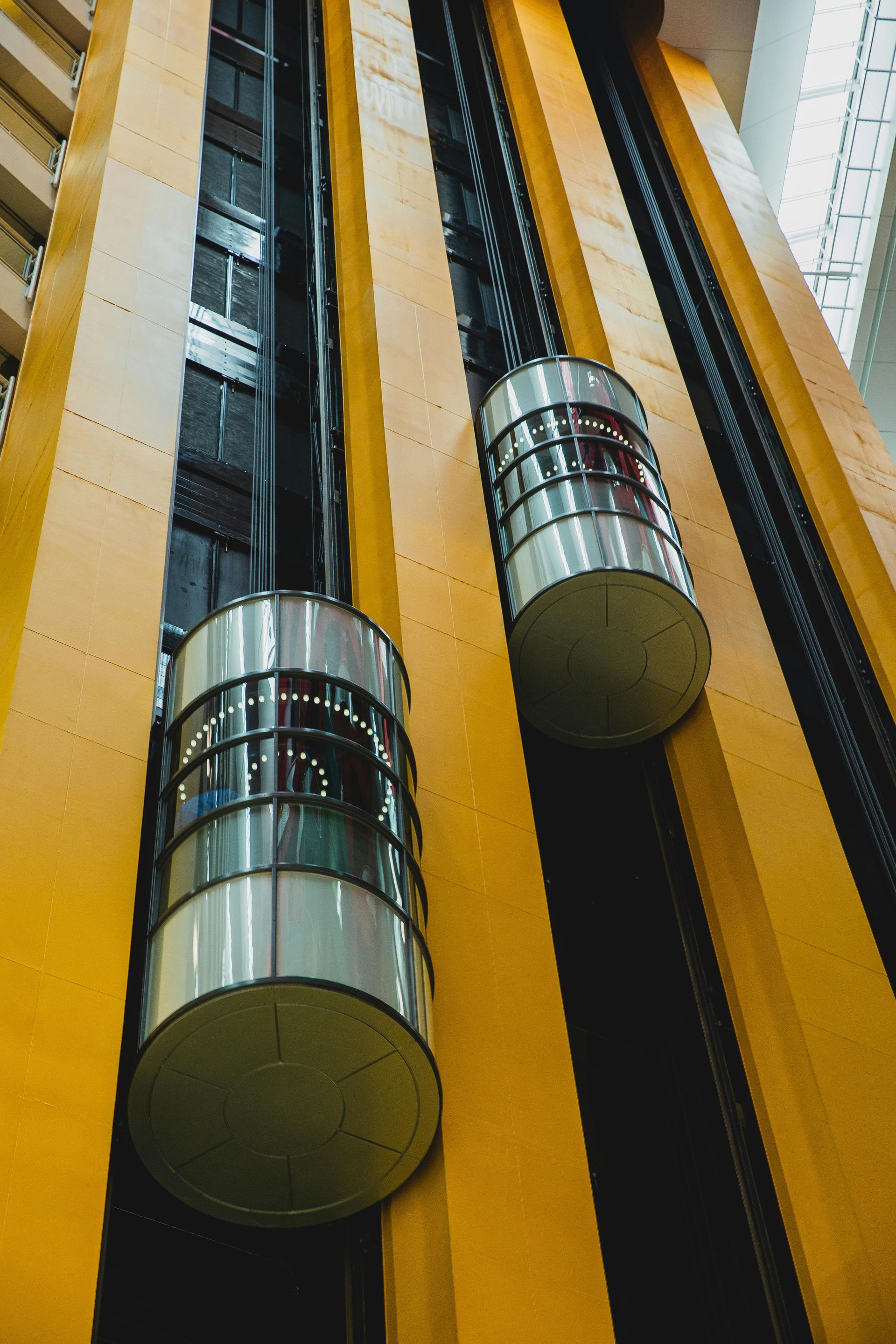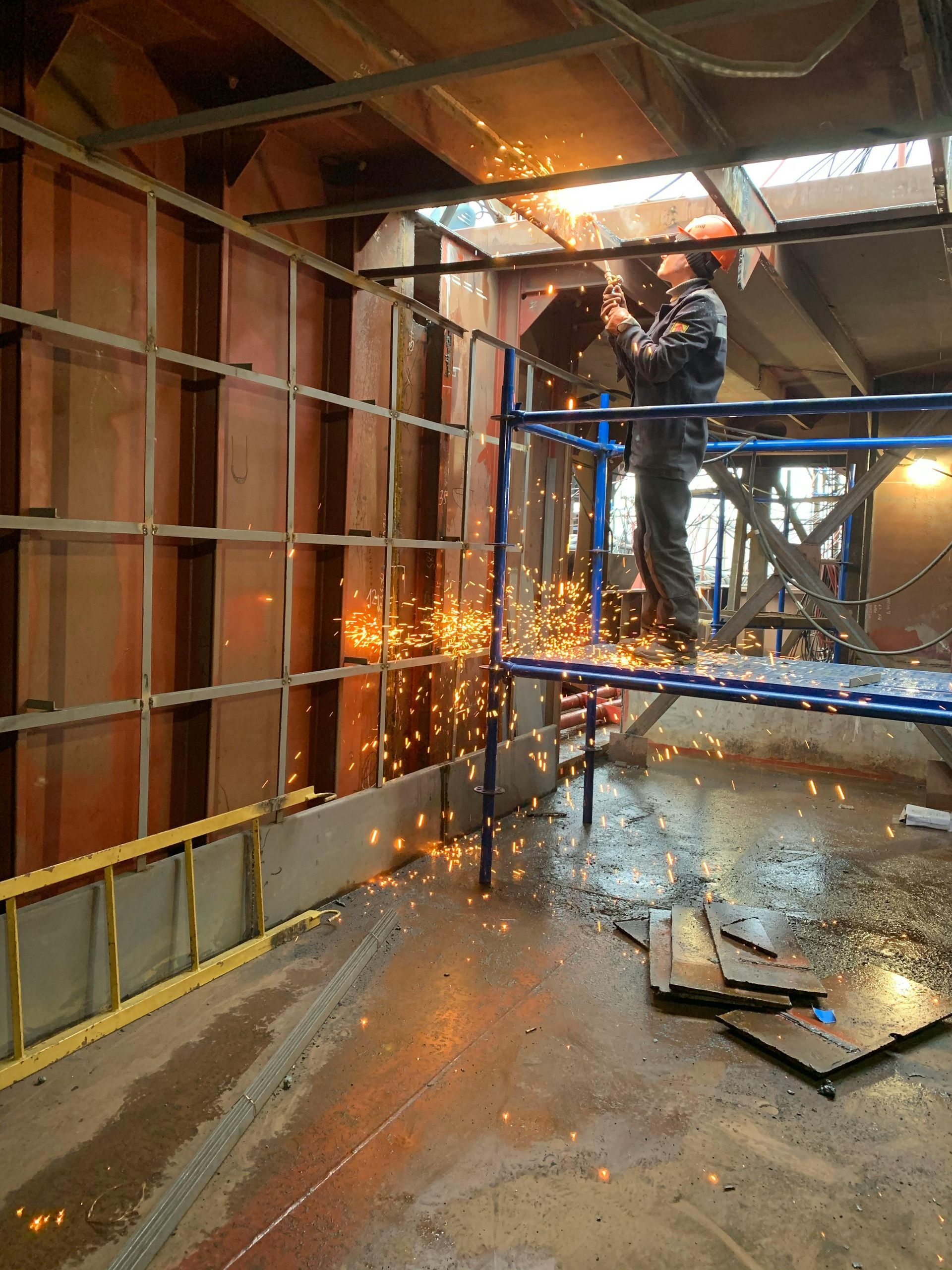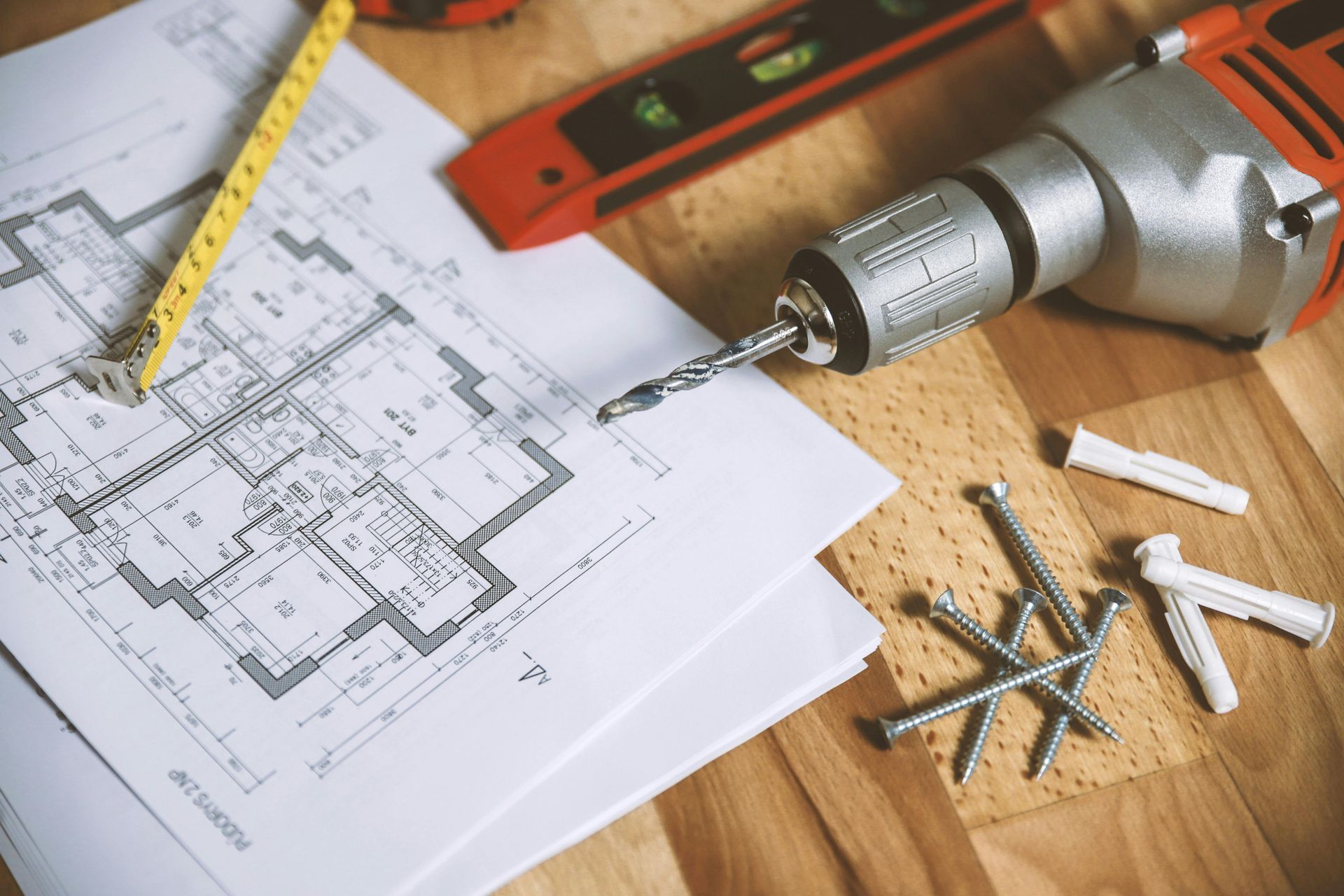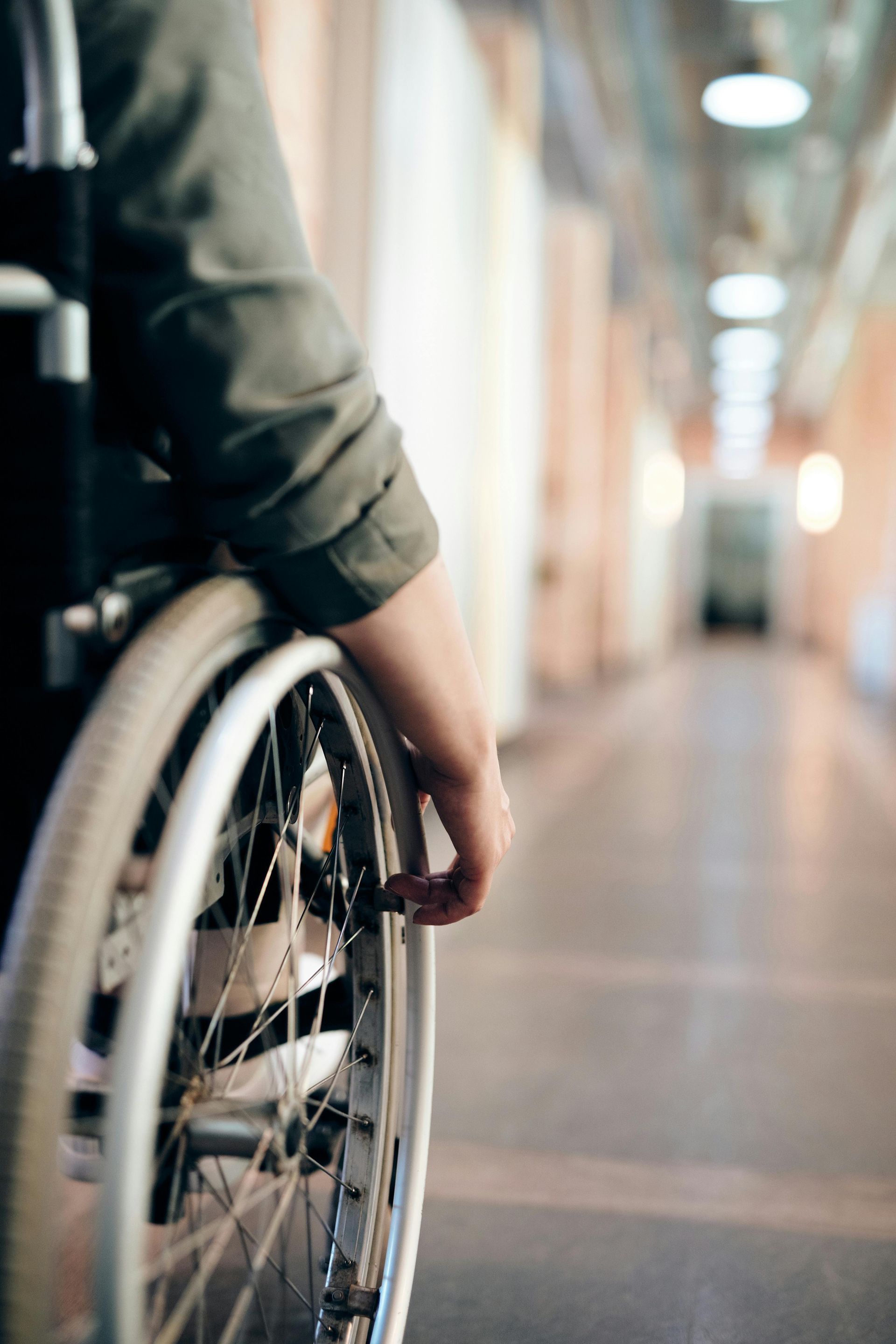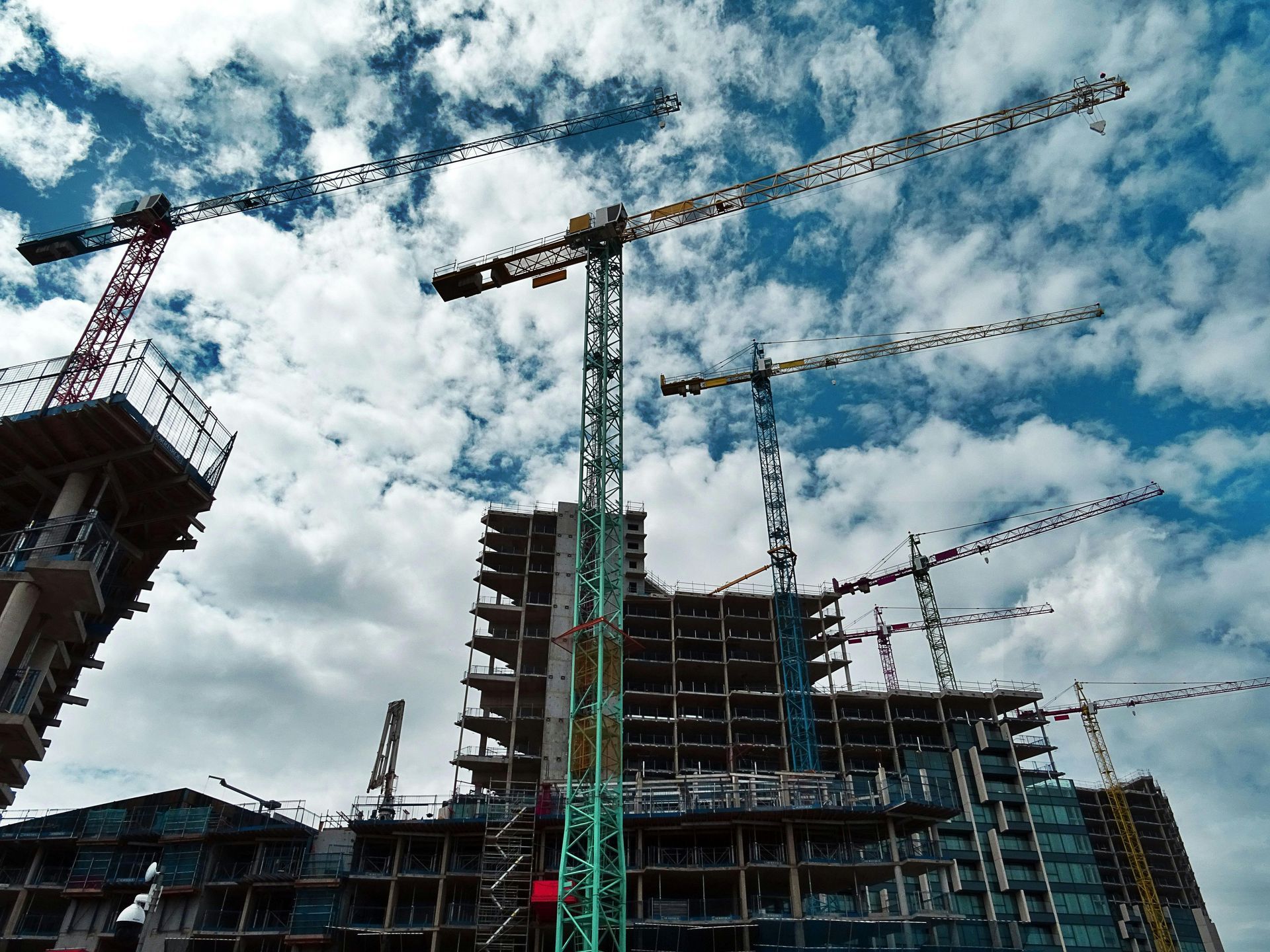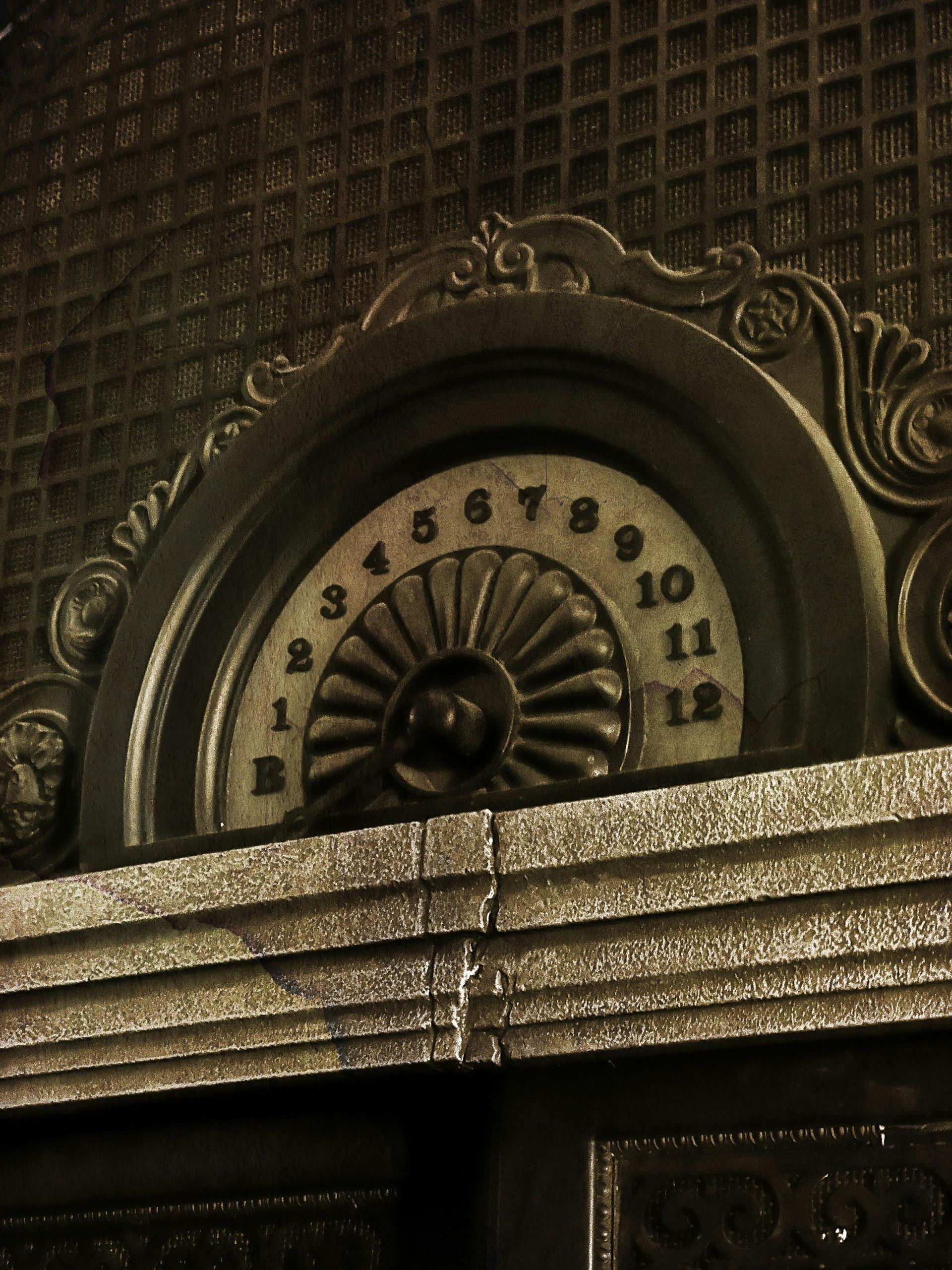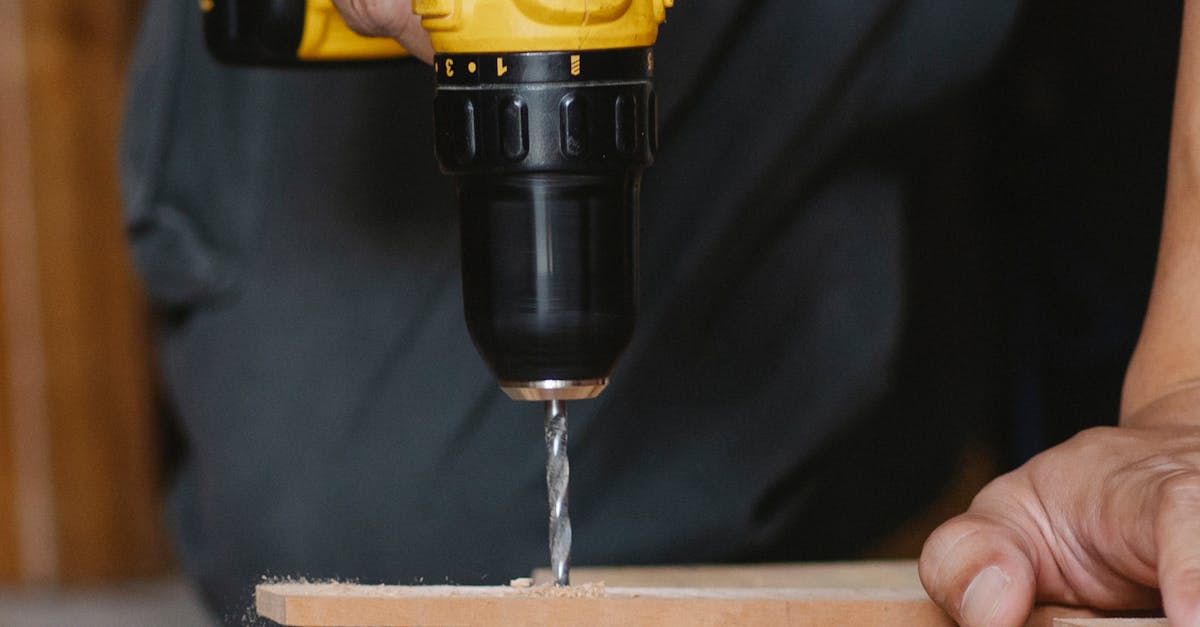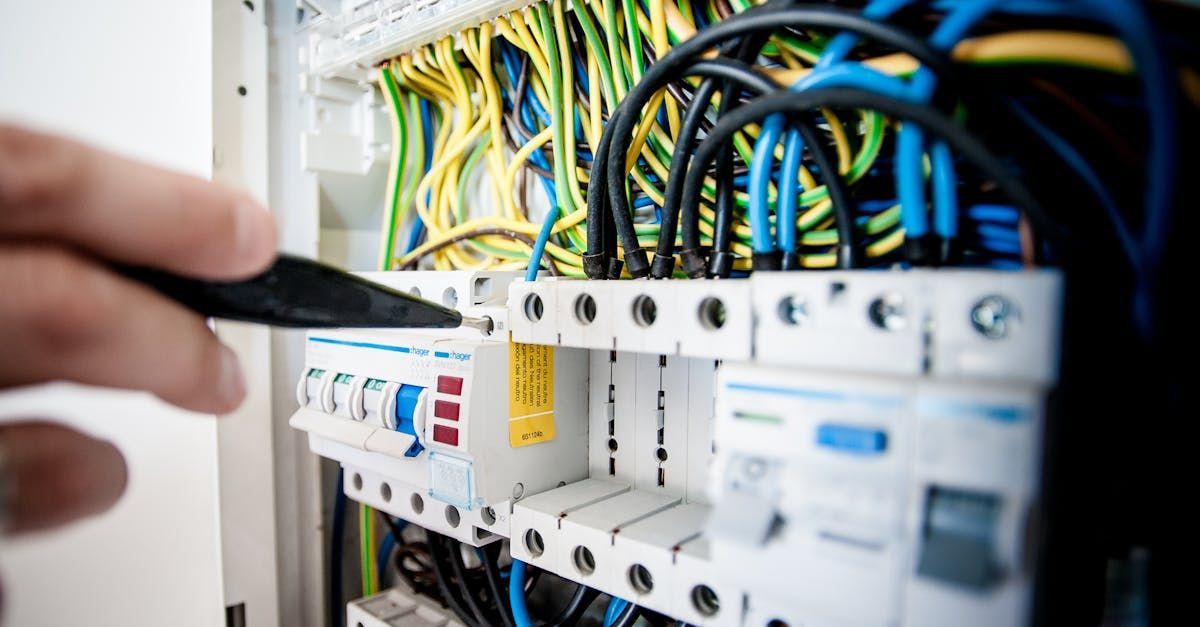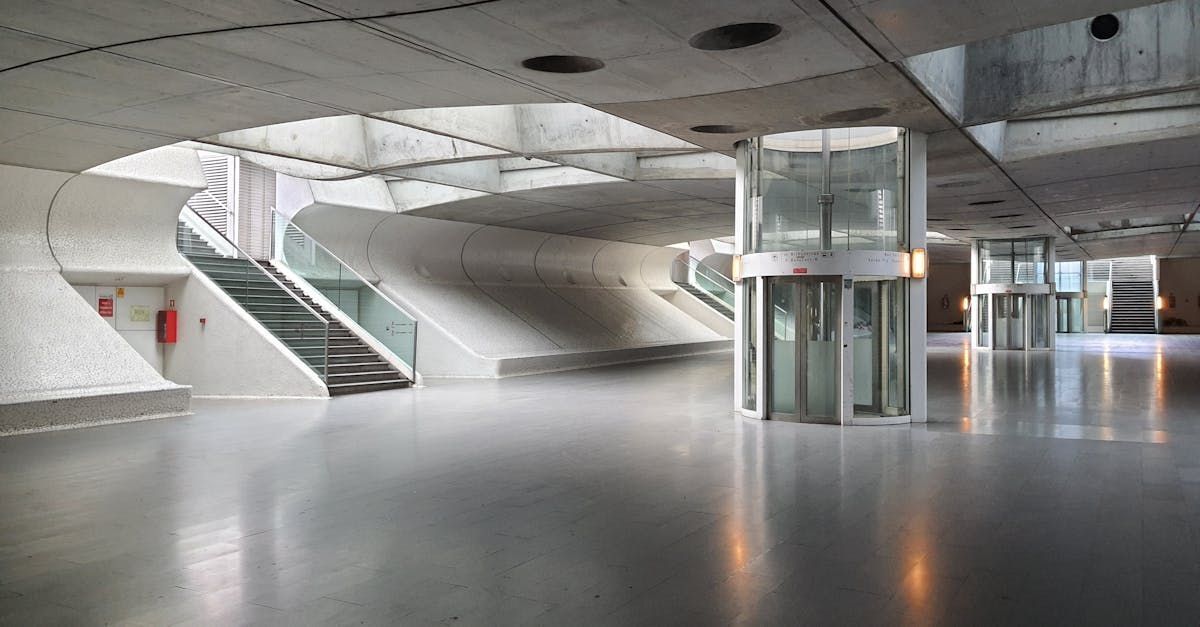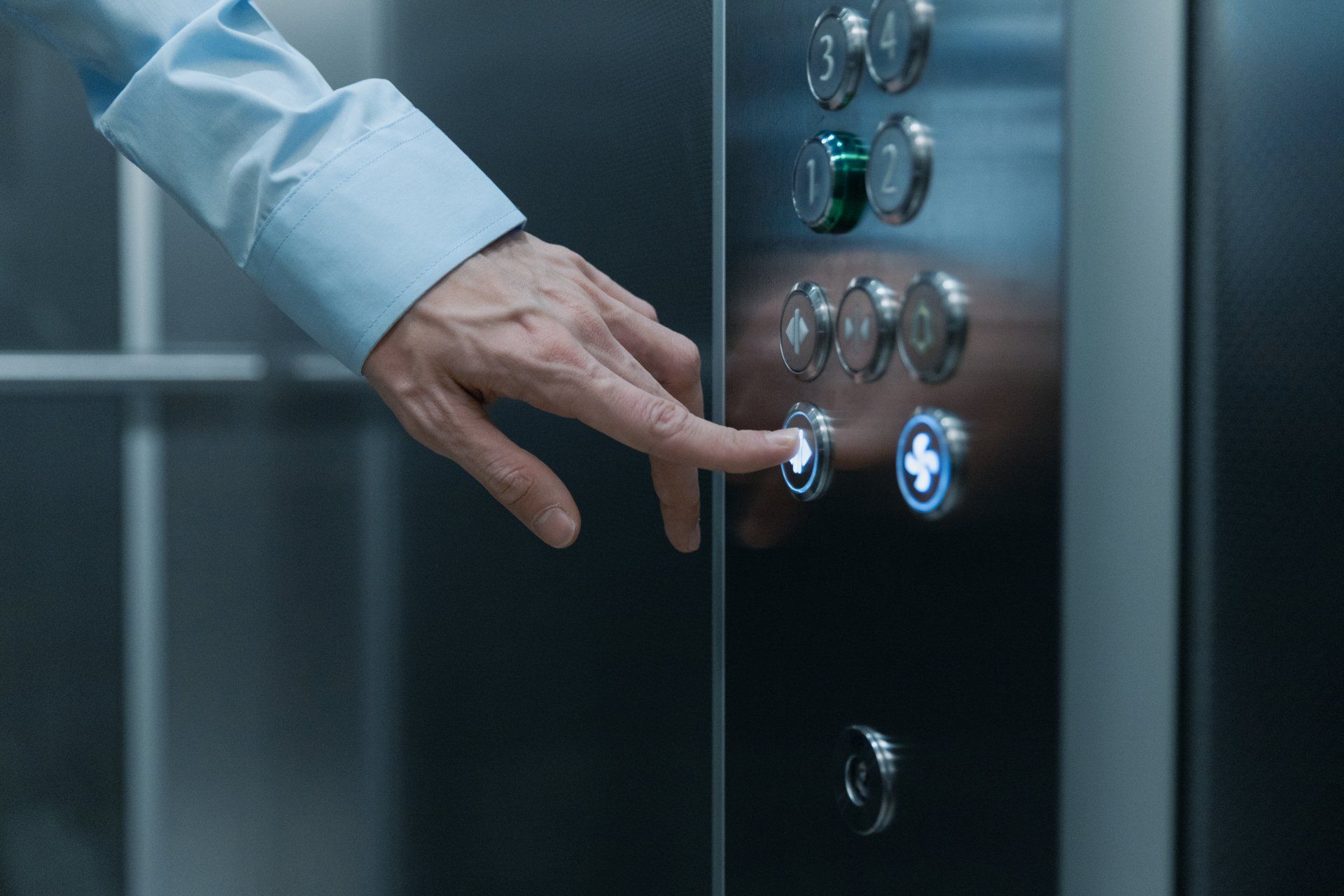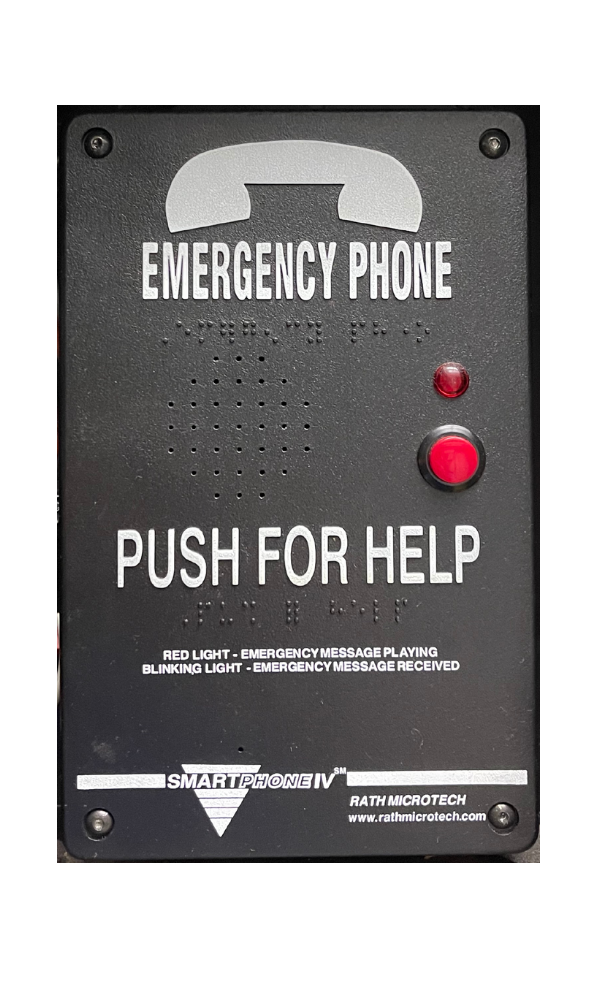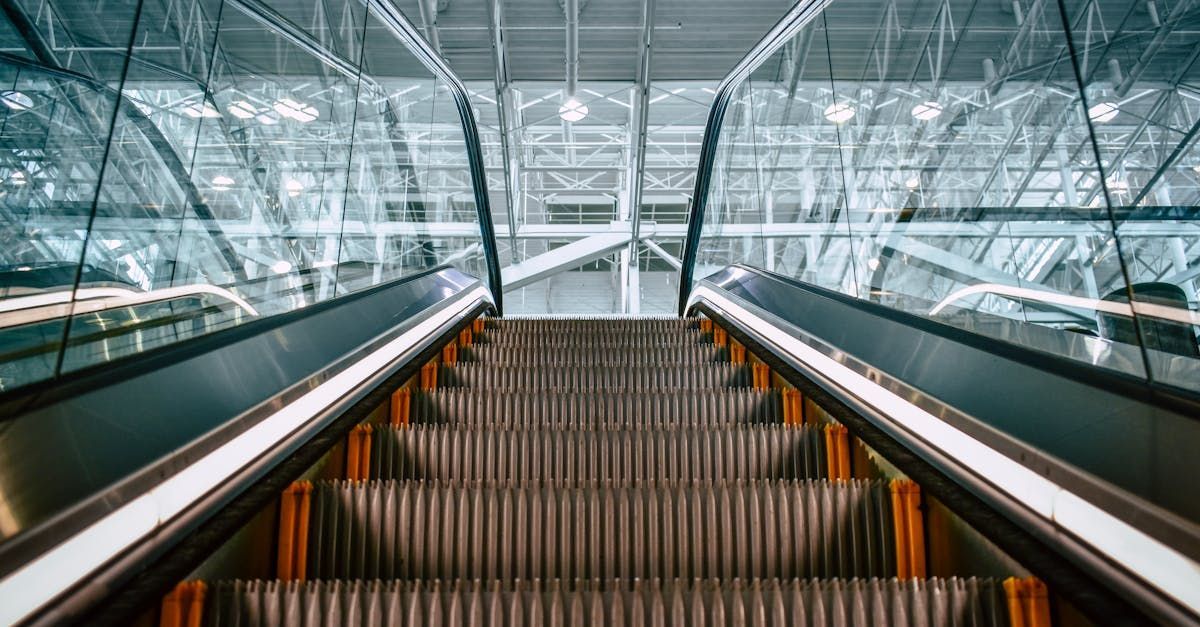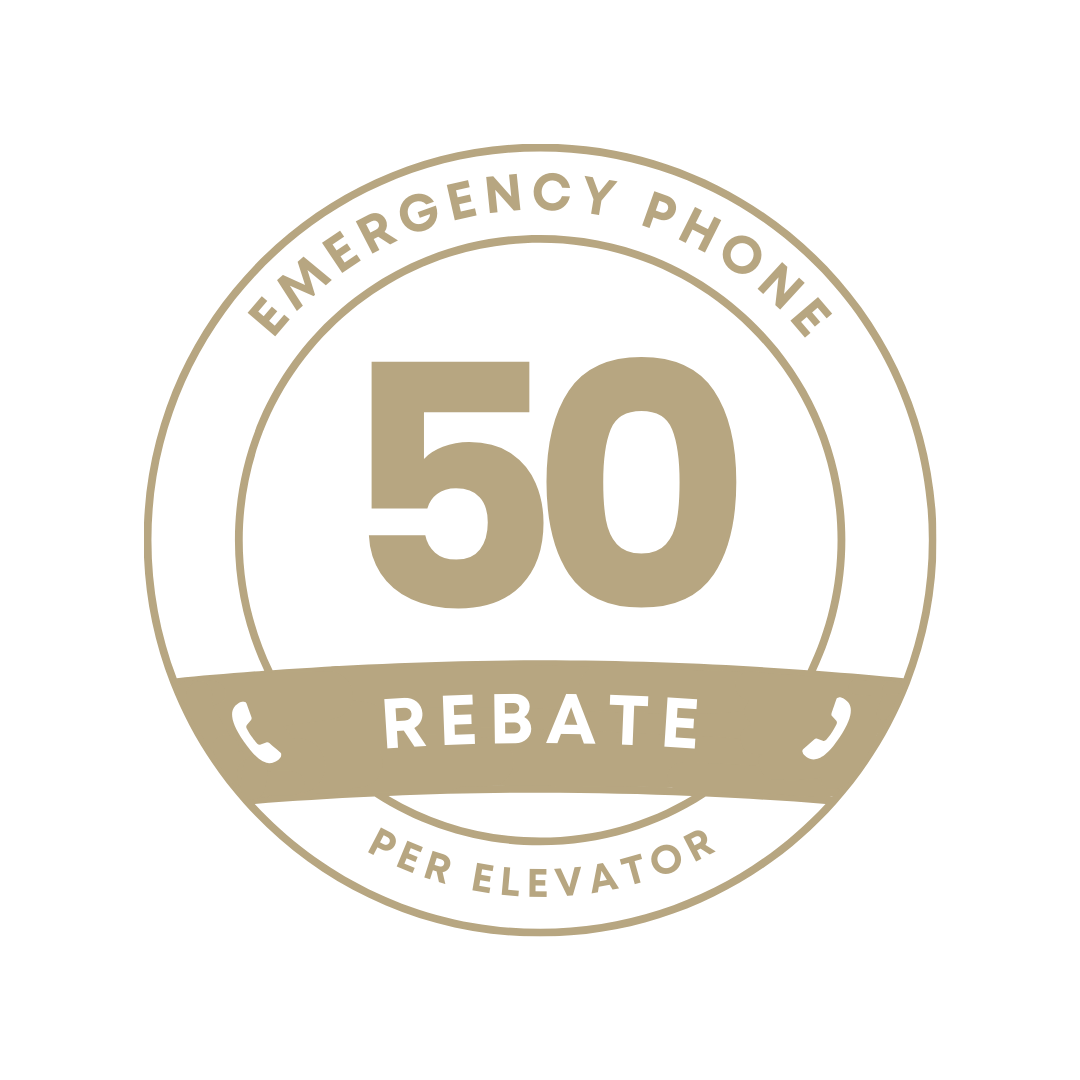2019 Elevator Code
2019 Elevator Code: The Essentials
Key Highlights
- The 2019 ASME A17.1 Elevator Safety Code introduced significant changes impacting elevator design, installation, operation, and maintenance.
- Key updates addressed emergency communication systems, door safety, seismic requirements, and accessibility features.
- Building owners need to understand these changes to ensure compliance with the latest safety standards.
- Resources like the ANSI Webstore and industry publications provide valuable information on code compliance.
- Staying informed about future code updates and technological advancements is crucial for maintaining elevator safety and efficiency.
Introduction
The American Society of Mechanical Engineers (ASME) is very important for keeping passenger elevators safe. They have the Elevator Safety Code (ASME A17.1), which is updated regularly. This code provides important rules for designing, installing, operating, inspecting, and maintaining elevators. It helps protect the well-being of millions of people who use elevators every day.
Understanding the 2019 Elevator Code Updates
The 2019 version of the ASME A17.1 code made important updates to make elevators safer, more accessible, and better prepared for emergencies. These changes included new technology and looked at safety issues that have come up from industry experience and best practices.
This blog post will look at these important updates. It aims to give a clear overview of the main changes and what they mean for building owners, managers, and elevator professionals. Knowing about these updates is important. It helps ensure that everyone follows the code and keeps elevator passengers safe.
Key Changes in ASME A17.1-2019 You Need to Know
One big change in the 2019 ASME Elevator Code is about emergency communication systems. The new code requires better two-way communication in elevator cabs. It also has features for people who have hearing problems. This way, passengers can talk to emergency personnel if there is an emergency or if they get stuck.
Another key change is about door safety, which is very important for elevators. The code sets stricter rules for door parts like sensors and interlocks to stop accidents from happening. This focus on door safety aims to lower the chance of passengers getting hurt by moving doors or falling into the hoistway.
Also, the 2019 code has updates on seismic rules for elevators in places where earthquakes may happen. These rules give design guidelines and stronger features to make sure elevators work and keep passengers safe during earthquakes.
The Impact of New Codes on Elevator Safety and Compliance
The new elevator safety standards from the 2019 code are important for building owners and managers. Following these updated rules is not just a legal duty. It is also a responsibility to keep everyone in the building safe and healthy.
Regulatory authorities in many places are now adopting and enforcing these new codes. This makes it very important for building owners to act quickly to make the necessary changes. If a building owner fails to comply with the 2019 code, they could face fines, legal issues, and damage to their reputation.
To comply with the standards, building owners should work with qualified elevator experts. These professionals can check their current elevator systems, find areas that need upgrades, and create a detailed plan to meet the new safety standards.
Navigating Elevator Code Compliance
Meeting the rules of the 2019 Elevator Code takes ongoing effort. It requires careful planning, execution, and record-keeping. Building owners should work closely with elevator experts. This helps them manage the details of code compliance.
They need to check their current systems thoroughly. It's also important to upgrade what is necessary and keep good records. A proactive approach is key. This way, they can make sure their elevators are safe and meet the code.
Strategies for Meeting 2019 Elevator Safety Standards
The first step to being compliant is to hire a qualified elevator inspector or consultant. They will do a detailed check of your elevator systems. This check should find any problems you have that don't meet the 2019 safety code. It will also offer suggestions for any upgrades or changes you need to make.
After the check is finished, make a clear plan. This plan should outline what upgrades you need, how much they will cost, and when you will do them. Safety-critical upgrades should be the main focus, and you should follow all local rules and permit requirements.
Always keep good records during the compliance process. This includes inspection reports, upgrade plans, permits, invoices, and any other important documents.
Tools and Resources for Ensuring Your Elevators are Up-to-Code
Several valuable tools and resources are available to assist building owners in navigating elevator code compliance. The ANSI Webstore is an excellent resource for obtaining copies of the ASME A17.1-2019 code and other relevant standards.
Industry organizations, such as the National Association of Elevator Contractors (NAEC) and the Elevator Escalator Safety Foundation (EESF), offer educational materials, training programs, and guidance on code compliance.
Contact your local building department or regulatory authority for specific requirements, permits, and guidance on elevator code compliance in your jurisdiction.
The Future of Elevator Technology and Codes
The elevator industry is always changing. New technology brings fresh ideas in elevator design, safety, and energy use. We can look forward to exciting changes in how we move inside buildings.
As technology moves forward, we can expect updates to the ASME A17.1 code. These updates will improve safety and keep up with new trends in the elevator industry.
Innovations in Elevator Design Influenced by Recent Codes
Recent updates in codes have led to new ideas in elevator design, especially for new installations. The rise of smart buildings and the Internet of Things (IoT) means that elevators now include intelligent systems.
We now see special application elevators made for specific needs, like high-rise buildings, hospitals, and industrial sites. These elevators come with advanced features designed for their specific tasks. This helps to ensure they work well and meet safety rules.
The ongoing push for energy efficiency has also changed how elevators are designed. New systems now use less energy without affecting performance or safety.
Predictions for Future Code Updates and Their Implications
Looking to the future, we can expect code updates to keep up with new trends in elevator technology. One trend is the growing use of predictive maintenance. This relies on sensors and data analysis to reduce downtime and improve safety.
Elevators will likely connect more often with building management systems over the internet. This connection will help with remote monitoring, diagnostics, and control of elevators, which can make operations more efficient and help with maintenance.
Also, video feeds for better security and emergency response in elevator cabs may become popular. These video feeds can give important information to first responders during emergencies, making it safer for passengers.
Conclusion
In conclusion, knowing about the 2019 Elevator Code updates is very important for keeping elevators safe and following rules. The changes in ASME A17.1-2019 affect how we design, care for, and manage elevator emergency systems. To keep up with these standards, building owners need to use strategies and resources that help them comply with the elevator code. In the future, elevator technology will keep improving based on these code updates, making elevators safer and more efficient. By understanding and following the 2019 Elevator Code, we help make safer spaces for everyone.
Frequently Asked Questions
What are the most significant changes in the 2019 Elevator Code?
The 2019 code has important changes in specific sections. These changes are about emergency communication systems, stronger door safety rules, updated safety measures for earthquakes, and better access for people with disabilities.
How do the 2019 updates affect existing elevators?
Building owners should know that not all new code requirements affect old elevators. They should check the building code and talk to qualified professionals. This will help them find out what upgrades they need to make to stay compliant.
Are there new requirements for elevator emergency communications systems?
Yes, the 2019 code requires better two-way emergency communication systems in elevator cars. This is to make sure that there is good communication with emergency personnel during trap situations or other emergencies.
What steps should building owners take to comply with the 2019 code?
Building owners need to reach out to skilled elevator experts. They can help with assessments, provide advice on upgrades, and develop a plan to follow the 2019 safety code rules for their elevators.
Who can install cellular elevator lines?
Looking to make the switch to cellular? Plain Old Telephone Lines (POTS) are going obsolete and many people are making the switch. We can help and the even better news is that we'll send you a $50 gift card per elevator when you take advantage of our elevator phone rebate program!

